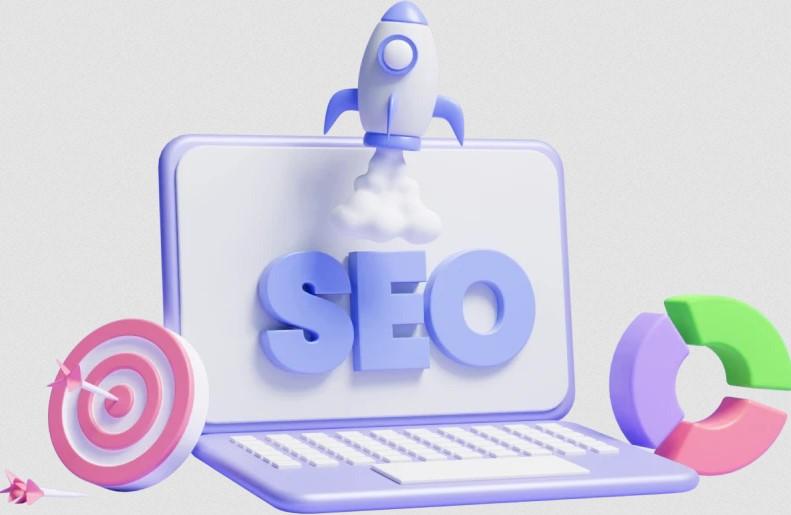How Much Does Website Design Cost in 2024?

A well-designed website not only attracts potential customers but also serves as a platform to showcase products, services, and brand identity. However, one of the most common concerns for businesses venturing into the online realm is the cost associated with website design. In the UK, website design costs can vary significantly depending on various factors, including complexity, functionality, and the expertise of the design team. In this article, we'll delve into the intricacies of website design costs in the UK, explore key factors influencing pricing, discuss current trends, and provide insights into budgeting strategies.
Understanding Website Design Costs
Website design costs in the UK can range from a few hundred to several thousand pounds. The price tag is influenced by multiple factors, and it's essential to understand these variables to make informed decisions. Here are some primary factors that impact website design costs:
Complexity of Design: The complexity of the website design is perhaps the most significant determinant of cost. A simple, static website with basic features will cost considerably less than a dynamic, e-commerce platform with intricate functionalities such as payment gateways, user accounts, and product databases.
Customization Requirements: Custom design elements, such as unique graphics, animations, and interactive features, can significantly increase costs. These bespoke elements require additional time and expertise from designers and developers.
Content Management System (CMS): The choice of CMS affects both initial development costs and long-term maintenance expenses. While open-source platforms like WordPress offer cost-effective solutions, bespoke CMS solutions tailored to specific business needs may come at a higher price.
Responsive Design: With the increasing prevalence of mobile devices, responsive design—a design approach that ensures websites adapt seamlessly to various screen sizes—is essential. Implementing responsive design adds to the overall cost but is crucial for enhancing user experience and SEO performance.
E-commerce Functionality: Websites incorporating e-commerce functionality require additional development work, including setting up product pages, shopping carts, secure payment gateways, and inventory management systems. The complexity of these features contributes to higher costs.
Integration of Third-party Tools and APIs: Integrating third-party tools, such as CRM systems, email marketing platforms, and analytics tools, can enhance website functionality but may also incur additional expenses.
SEO Considerations: Building a website with search engine optimization (SEO) in mind involves optimizing site structure, content, and meta tags to improve visibility on search engine results pages (SERPs). While SEO-focused design can increase initial costs, it is essential for long-term online success.
Conclusion
Navigating the landscape of website design costs in the UK requires careful consideration of various factors, from design complexity and functionality requirements to current trends and budgeting strategies. By understanding the key determinants of website design costs, businesses can make informed decisions, prioritize investments, and collaborate effectively with design partners to create impactful online experiences that drive business growth. While website design costs may vary, strategic planning, clear communication, and a focus on long-term value are essential for achieving successful outcomes in the digital marketplace.










Comments